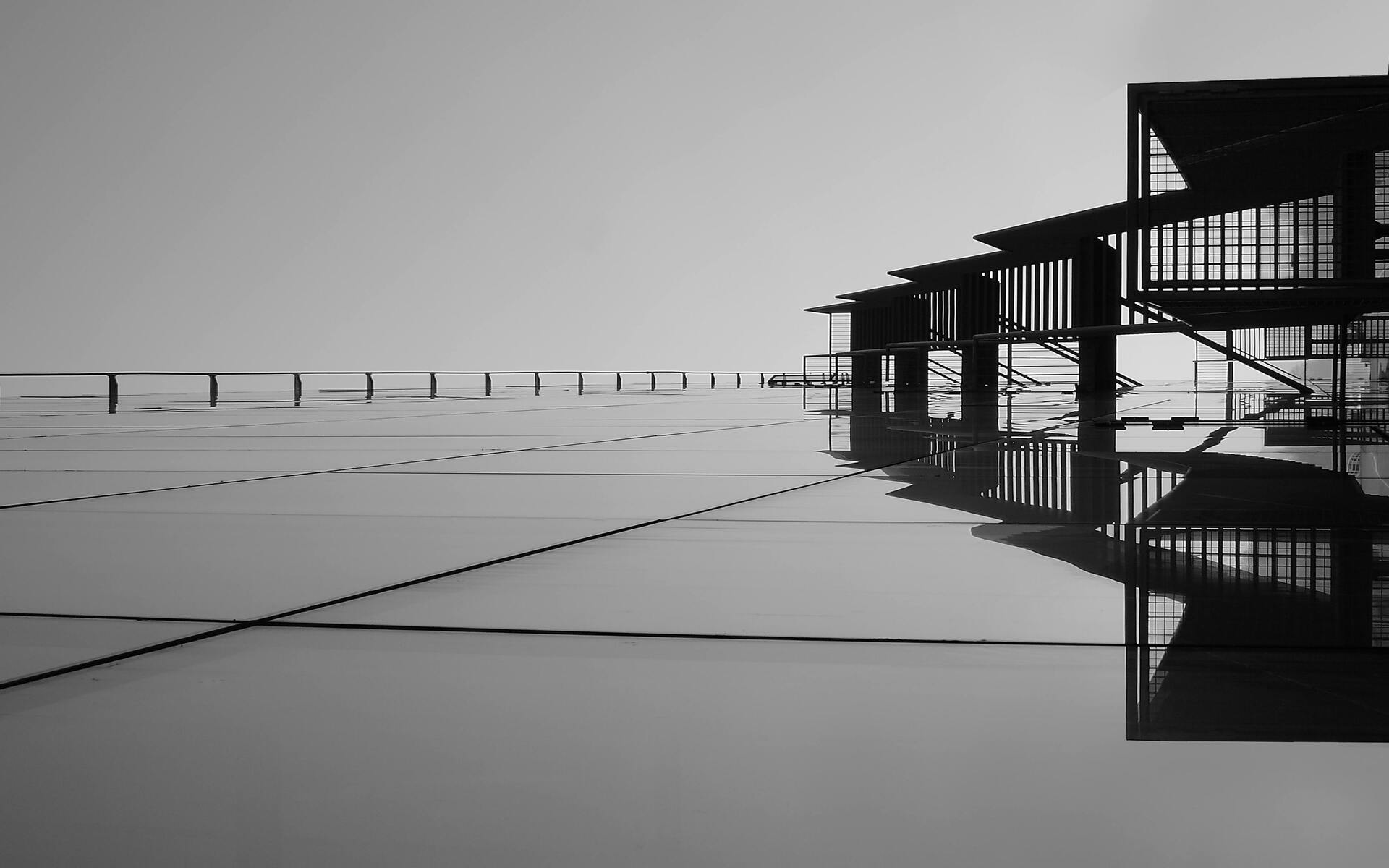
FAQ About Architectural Photography
Architectural Photography
2 years ago | gizem
What is the significance of leading lines in architectural photography?
Leading lines are a fundamental compositional element in architectural photography that play a crucial role in guiding the viewer's eye through the image, emphasizing depth, and creating a sense of visual harmony. Here's the significance of leading lines in architectural photography:
- Guiding the Viewer: Leading lines act as visual pathways that direct the viewer's gaze through the photograph. They serve as "roads" that lead the viewer on a visual journey, starting from the foreground and leading deeper into the image.
- Creating Depth: Leading lines add depth to two-dimensional photographs. By converging toward a common point or vanishing point in the distance, they create a sense of perspective, making the image feel three-dimensional. This can be particularly effective in showcasing the depth and scale of architectural elements.
- Emphasizing Composition: Leading lines help define the composition of the photograph. They can be used to frame the subject, balance the image, and create a strong sense of structure. When used effectively, they contribute to the overall aesthetic appeal of the photograph.
- Highlighting Architectural Features: Leading lines can draw attention to specific architectural details or elements. They can lead the viewer's eye to focal points like arches, doorways, windows, or other design elements, emphasizing their significance within the building's design.
- Enhancing Symmetry: Leading lines can contribute to the symmetry and balance of architectural compositions. Symmetrical buildings or structures can be accentuated by converging lines that lead to a central point, creating a visually pleasing and harmonious image.
- Adding Movement: Diagonal or curved leading lines can introduce a sense of movement or dynamism into the photograph. They can make the viewer's eye follow a sweeping or curved path, adding energy and interest to the composition.
- Creating Visual Interest: Leading lines can transform mundane or everyday scenes into visually compelling images. They invite viewers to explore the frame, discover hidden details, and engage with the photograph on a deeper level.
- Establishing Scale: Leading lines can provide viewers with a reference point for understanding the scale of a building or structure. They can lead to elements of known size, such as people or vehicles, helping viewers gauge the size of the architectural subject.
- Framing the Shot: Leading lines can be used to frame the architectural subject within the photograph. They act as a visual frame that draws attention to the subject and isolates it from distractions.
- Storytelling: Leading lines can help convey a narrative or tell a story within the photograph. They can guide the viewer's eye to follow a specific path, revealing different aspects of the architectural subject or the environment around it.
